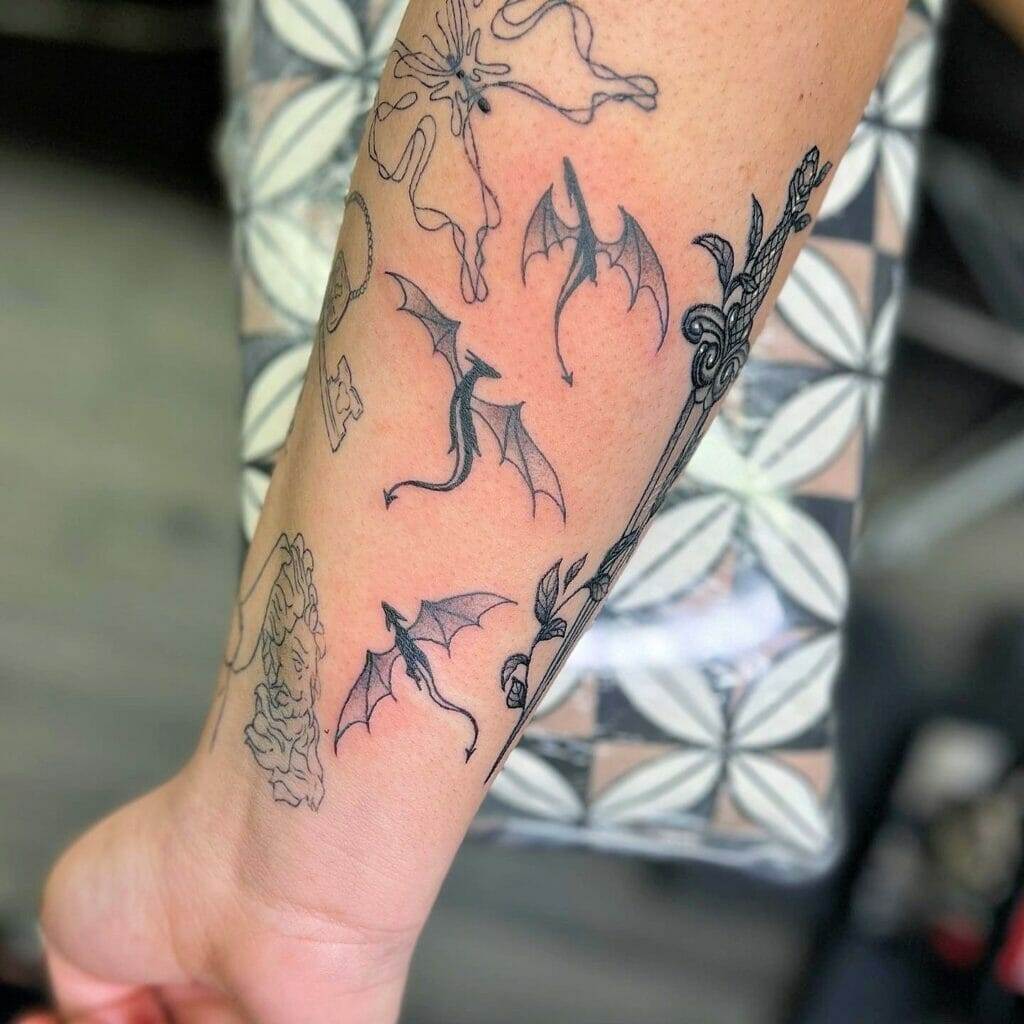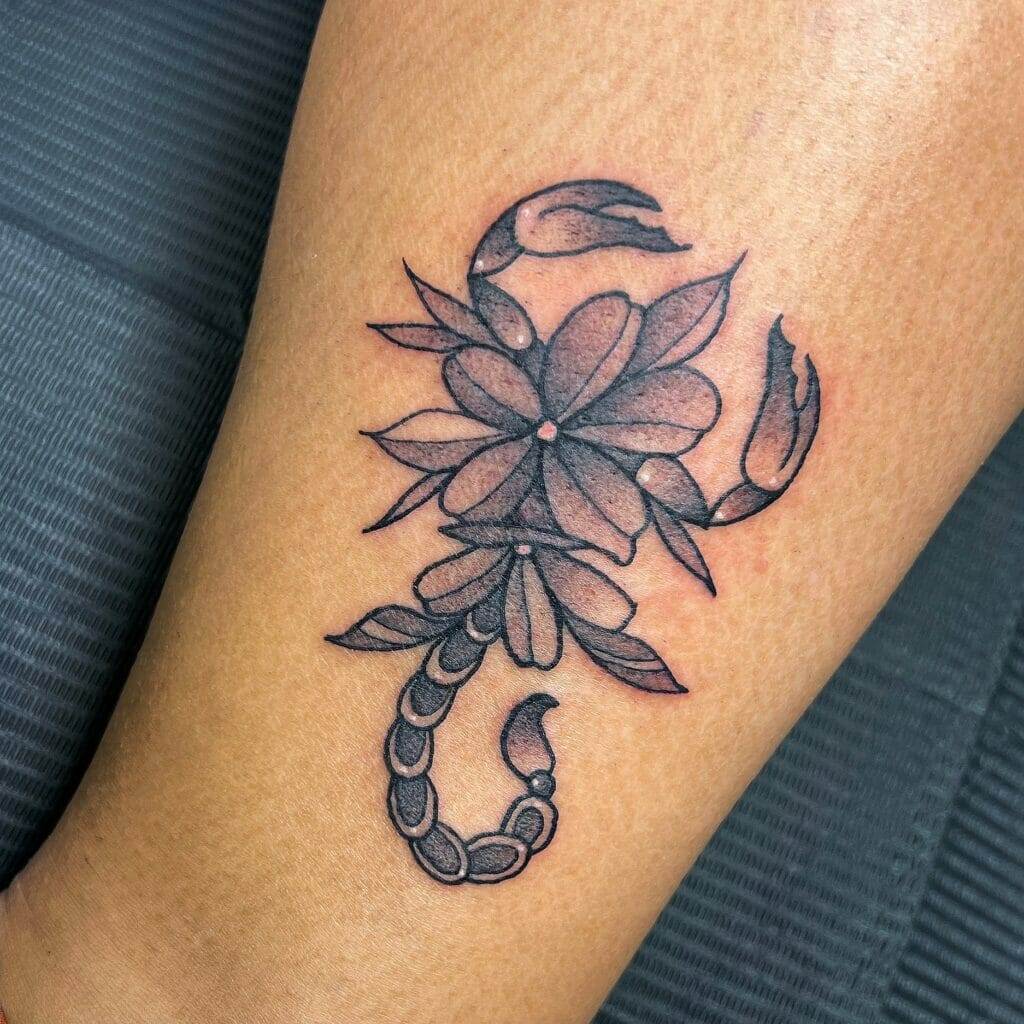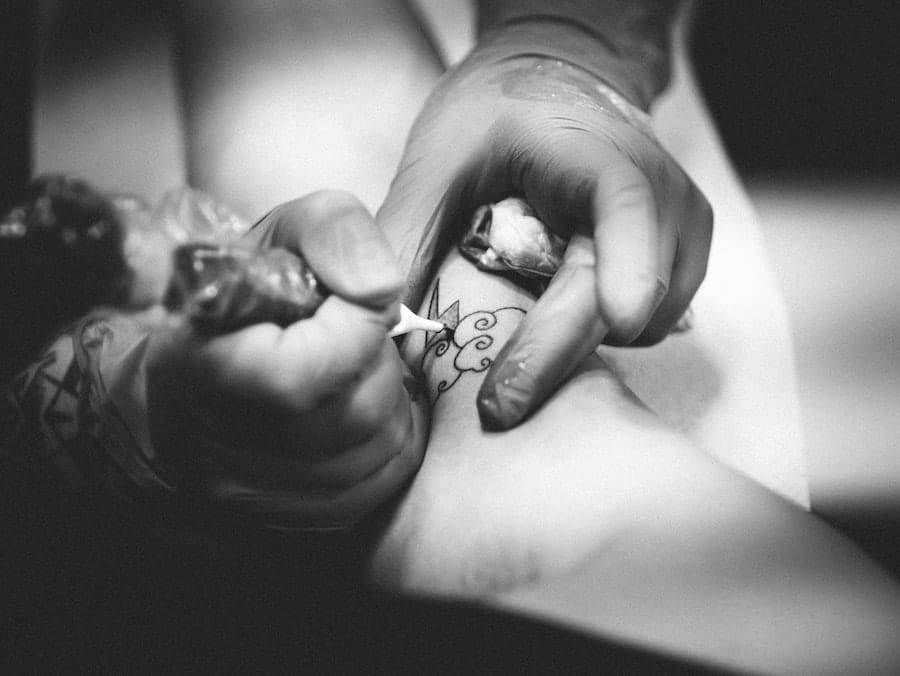Tattoos have become increasingly popular in modern society, with people from all walks of life choosing to get inked. Whether it’s a small, discreet design or a full sleeve, tattoos have become a form of self-expression and art. In this article, we will explore the history of tattooing, the evolution of tattooing techniques, the significance of symbolism in tattoos, the role of color in tattooing, the anatomy of a tattoo, the importance of hygiene in tattooing, the art of collaboration with your tattoo artist, the emotional connection to tattoos, breaking down stigmas and stereotypes surrounding tattoos, navigating the tattoo industry as an artist or shop owner, and predicting trends and innovations in the future of tattooing.
The History of Tattooing: Tracing the Roots of the Art Form
Tattooing has a rich history that dates back thousands of years. The practice can be traced back to ancient cultures such as the Egyptians, Greeks, and Polynesians. In these cultures, tattoos held significant cultural and religious meanings. For example, in ancient Egypt, tattoos were believed to have magical and protective powers. In Polynesian cultures, tattoos were used to signify social status and achievements.
Throughout history, tattooing has spread across different continents and cultures. It was introduced to Europe by Captain James Cook in the 18th century after his voyages to Polynesia. Tattooing then became popular among sailors and soldiers as a way to commemorate their travels or military service.
The Evolution of Tattooing: From Traditional to Modern Techniques
Traditional tattooing methods involved using hand tools such as bone or wood needles attached to a handle. These needles were dipped into ink made from natural pigments and then manually tapped into the skin. This process was time-consuming and often painful for the person getting tattooed.
The introduction of modern tattoo machines revolutionized the industry. Invented by Samuel O’Reilly in 1891, the tattoo machine allowed for faster and more precise tattooing. The machine uses electromagnetic coils to move the needle up and down, depositing ink into the skin. This made the process less painful and more efficient.
Advancements in tattooing technology have continued to improve the art form. Today, there are rotary machines that use a motor to move the needle, as well as digital machines that allow for more control and precision. Additionally, there are now tattoo machines specifically designed for different styles of tattooing, such as lining or shading.
The Significance of Symbolism in Tattooing: Decoding the Meanings Behind Designs
Tattoos often carry symbolic meanings that are personal to the individual getting inked. Certain symbols have universal meanings, while others may hold specific cultural or religious significance.
Common tattoo symbols include anchors, which represent stability and strength; roses, which symbolize love and beauty; and birds, which can represent freedom or spirituality. These symbols can be interpreted differently depending on the context and the individual’s personal experiences.
In addition to universal symbols, many people choose to incorporate personalized symbolism into their tattoos. This could be a name or initials of a loved one, a meaningful quote or phrase, or an image that represents a significant event or memory in their life.
Tattoo symbolism also varies across different cultures. For example, in Japanese culture, koi fish tattoos symbolize perseverance and determination, while in Hindu culture, lotus flower tattoos represent purity and enlightenment.
The Role of Color in Tattooing: Exploring the Psychology of Pigments
Color plays a significant role in tattooing, as it can evoke different emotions and convey different meanings. Different types of tattoo ink have different properties and can produce different effects on the skin.
Black ink is the most commonly used color in tattoos and is often used for outlining and shading. It is known for its longevity and ability to create bold, defined lines. Black ink can also be mixed with other colors to create shades and gradients.
Color ink, on the other hand, can add vibrancy and depth to a tattoo. Different colors have different psychological effects. For example, red is associated with passion and energy, while blue is associated with calmness and tranquility. The choice of color in a tattoo can enhance the overall meaning and impact of the design.
Color trends in tattooing change over time. In recent years, watercolor tattoos have become popular, which use vibrant colors and abstract brush strokes to create a painterly effect. Additionally, white ink tattoos have gained popularity for their subtle and unique appearance.
The Anatomy of a Tattoo: Understanding the Layers of Skin and Ink

To understand how tattoos are created, it’s important to understand the layers of the skin and how they affect the tattooing process. The skin is made up of three layers: the epidermis, dermis, and subcutaneous tissue.
The epidermis is the outermost layer of the skin and acts as a protective barrier. It is constantly shedding and regenerating cells, which is why tattoos fade over time. The dermis is the middle layer of the skin and is where the tattoo ink is deposited. The subcutaneous tissue is the deepest layer of the skin and contains fat cells.
During the tattooing process, the needle penetrates the epidermis and deposits ink into the dermis. The ink then becomes trapped in the dermis as new skin cells grow over it. This is why tattoos are permanent.
After getting a tattoo, the healing process begins. The body’s immune system recognizes the tattoo as a foreign substance and works to remove it. This is why tattoos may appear swollen or red immediately after getting them. Over time, as the skin heals, the tattoo will settle into its final appearance.
The Importance of Hygiene in Tattooing: Maintaining Safe Practices
Hygiene is of utmost importance in the tattooing industry to prevent the spread of infections and diseases. Tattoo artists must follow strict sterilization techniques to ensure the safety of their clients.
Before starting a tattoo, the artist should thoroughly clean and disinfect their work area, as well as their hands and any tools they will be using. Single-use needles and disposable gloves should be used for each client to prevent cross-contamination.
Proper equipment maintenance is also crucial. Tattoo machines should be cleaned and sterilized after each use, and any reusable equipment should be properly sterilized using an autoclave. Regular inspections of the shop’s equipment and facilities should be conducted to ensure everything is in working order.
The Art of Collaboration: Building a Relationship with Your Tattoo Artist
Building a strong relationship with your tattoo artist is essential for a successful tattoo experience. Communication is key when working with an artist to bring your vision to life.
Before getting a tattoo, it’s important to research and find the right artist for your design. Look at their portfolio to see if their style aligns with what you have in mind. Schedule a consultation with the artist to discuss your ideas, ask questions, and get a sense of their personality and professionalism.
During the tattooing process, it’s important to communicate openly with your artist. Be clear about your expectations and provide feedback throughout the session. A good artist will listen to your input and make adjustments as needed.
Building a long-term relationship with your tattoo artist can be beneficial if you plan on getting more tattoos in the future. They will have a better understanding of your style and preferences, making it easier to collaborate on future designs.
The Emotional Connection to Tattoos: Why People Choose to Get Inked
People choose to get tattoos for a variety of personal reasons. For some, tattoos are a form of self-expression and a way to showcase their individuality. Tattoos can represent important milestones, beliefs, or values in a person’s life.
Tattoos can also hold deep emotional significance. They can serve as reminders of loved ones who have passed away, symbols of strength during difficult times, or expressions of love and devotion to family or partners.
For many, getting a tattoo is a cathartic experience. The act of getting tattooed can be empowering and provide a sense of control over one’s body. It can also be a way to reclaim ownership of one’s body after experiencing trauma or loss.
The Taboo of Tattooing: Breaking Down Stigmas and Stereotypes
Tattoos have historically been associated with criminality, rebellion, and deviance. In many cultures, tattoos were seen as marks of social outcasts or marginalized groups. However, attitudes towards tattoos have shifted in recent years.
Today, tattoos are more widely accepted and embraced as a legitimate form of self-expression and art. Many professionals, including doctors, lawyers, and teachers, now have visible tattoos without it affecting their careers.
Despite this progress, there are still stigmas and stereotypes surrounding tattooed individuals. Some people may still hold negative assumptions about those with tattoos, associating them with criminal behavior or unprofessionalism.
Breaking down these stigmas requires education and open-mindedness. It is important to challenge stereotypes and recognize that tattoos do not define a person’s character or abilities. By celebrating diversity and embracing individuality, we can create a more inclusive society that accepts people with tattoos for who they are.

The Business of Tattooing: Navigating the Industry as an Artist or Shop Owner
For those interested in pursuing a career in tattooing, there are several factors to consider. Starting a tattoo business requires careful planning and preparation.
First, aspiring tattoo artists must develop their skills and build a strong portfolio. This often involves completing an apprenticeship under an experienced tattoo artist to learn the craft and gain practical experience.
Once the necessary skills have been acquired, finding a suitable location for the tattoo studio is crucial. The location should be easily accessible, have sufficient space for tattoo stations, and comply with local health and safety regulations.
Building a client base is another important aspect of running a successful tattoo business. This can be done through word-of-mouth referrals, social media marketing, and participating in tattoo conventions or events.
The tattoo industry is highly competitive, but it also offers many opportunities for growth and creativity. Tattoo artists can specialize in different styles, such as traditional, realism, or watercolor, to differentiate themselves from others in the industry.
The Future of Tattooing: Predicting Trends and Innovations in the Art Form
As with any art form, tattooing is constantly evolving. Emerging trends in tattooing include minimalist designs, geometric patterns, and abstract watercolor tattoos. These trends reflect the changing tastes and preferences of tattoo enthusiasts.
Advancements in tattooing technology are also shaping the future of the industry. 3D printing technology has the potential to revolutionize the creation of custom tattoo machines and tools. Additionally, advancements in ink pigments may lead to more vibrant and long-lasting colors.
Predictions for the future of tattooing include increased acceptance and integration of tattoos into mainstream culture. As tattoos become more common and widely accepted, we may see more innovative designs and techniques emerge.
Tattoos have become a significant part of modern society, representing personal stories, beliefs, and artistic expression. Understanding the history, techniques, symbolism, and cultural significance of tattoos can deepen our appreciation for this ancient art form.
As tattoos continue to evolve and gain acceptance, it is important to challenge stigmas and stereotypes surrounding tattooed individuals. By embracing diversity and celebrating individuality, we can create a more inclusive society that appreciates the art and culture of tattooing.



